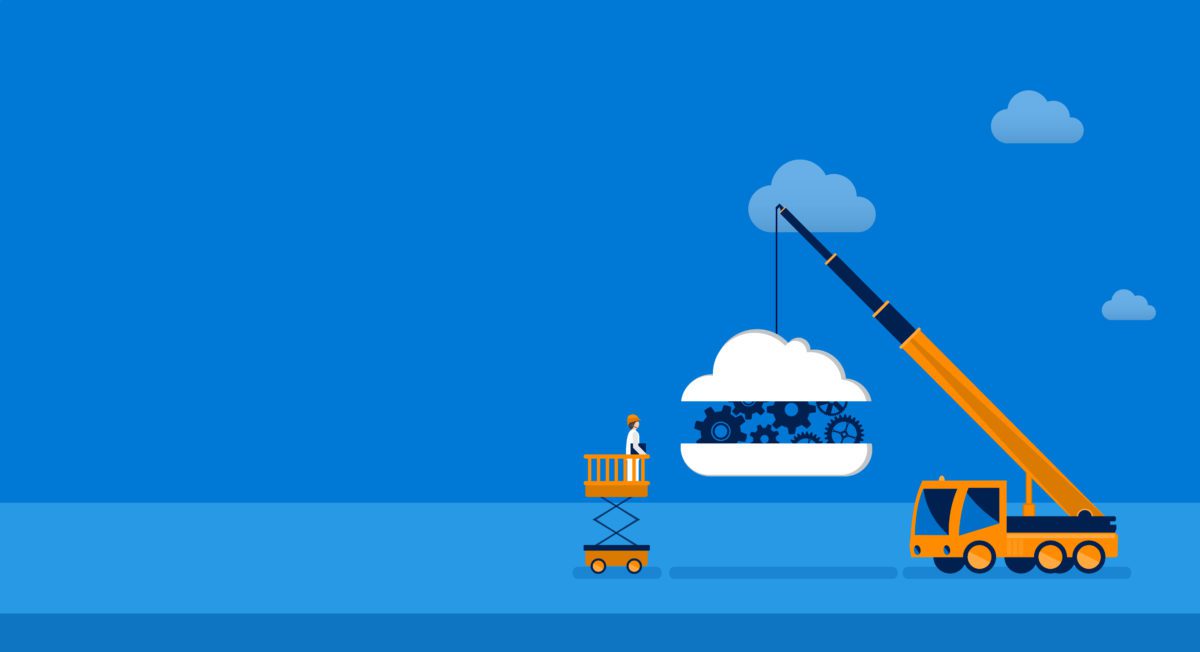
A common first reaction to site downtime, persistent errors, or slowness is to ask the nearest developer, and if they’re unable to assist, blame your host. Blaming your host makes sense, especially if you’ve sprung for a managed hosting solution.
All of that being said, before blaming your host there’s a number of other, potentially larger issues that could be looming that may require your attention. In this article, we’ll break down some fairly typical issues that may be causing your issues. Be sure to run through this list as any of the below may be an issue that could cause long term challenges with your web property.
- Plugin conflicts
- Outdated plugin or theme
- Issues with your DNS
- Failed updates
- Domain maintenance
Plugin Conflicts
Okay, for some of you this will be a bit of a no-brainer but for many this is a very common cause of slowness or a “busted” looking site. Whenever you install a plugin, you’re running the risk of introducing a conflict. Not only do plugins conflict with each other, but they can also conflict with your current WordPress version.
Avoiding plugin updates starts with having an up to date staging environment. A staging site is an exact replica of your current website located at a very unique URL that is not tracked by search engines such as Google. Your managed host should provide a staging site for you and if they don’t advertise it as a feature, make sure you contact your hosts’ support team.
Before you add a plugin to your main web property, try adding it to staging. If any issues occur, then you likely have a conflict so long as your staging site was working well previously. In this article we won’t discuss how to find both conflicting plugins as that’s an article in and of itself but your best bet is to look for an alternative, quality plugin for now.
Outdated Plugin or Theme
It’s extremely important to make sure that not only your WordPress version is up to date, but also that your plugins and theme are up to date. It goes without saying that if your plugins and theme are actively maintained by their authors (and you should make sure they are) that you are updating them on your staging site. You should also be monitoring for when your plugins and themes stop being updated by their authors.
You’ll receive notifications of updates but it’s always best to schedule a day where you double check each of your plugins and themes in the WordPress repo or other site to determine whether your installed versions are up to date and still being managed by the author.
Issues with your DNS
This one is so common that it’s likely anyone reading this has actually seen this issue before. The most common error you will see when your site is experiencing DNS issues is a “This webpage is not available” or “This site can’t be reached”.
DNS (domain name server) is like the phonebook for the internet. If the DNS is not resolving to the correct domain name (yours!) your website visitors will not be able to connect to your site and view its content.
Resolving a DNS issue is usually solved by your registrar. Your registrar is the company that you purchased your domain name from. In some instances, your host will either be the same as your registrar, or be able to connect with your registrar to assist you in resolving a DNS issue.
Failed Updates
Remember when we said that you should test all of your updates on your staging site first? This common issue is a great reason why you should do that!
If you are part of the majority of WordPress site managers that runs auto-updates, you may encounter an issue where your updates fail or stop part way through the process. It’s best to remember that running updates on your web property is not a “set it and forget it” task. You need to perform updates on staging, monitor during your updates, ensure they’re successful, run-through your site, and then and only then should you attempt to run your updates on your live site.
Domain Maintenance
Okay okay, we saved the shortest for last but this actually happens more than you think!
Maintaining your domain, ensuring your payments are up to date, and that the domain ownership is still with you or your business is essential. If you don’t have auto-renew turned on for your domain account, you need to ensure that you do not let your domain expire.
This famously happened in mid-2017 with marketing software giant Marketo. They failed to maintain ownership of their domain name and brought down all marketing automation tasks associated with the domain.
Now this is not a complete list. When working with a CMS, various plugins and themes, third party software, domains, and hosting accounts a lot can potentially go wrong. But this short list will guide you in understanding some of the most common causes of downtime, errors, and slowness. So next time you experience issues, take a look back into your recent activity, take time to understand the errors you’re seeing, and maybe you’ll save yourself some time by not contacting your host right away.